Premium Only Content
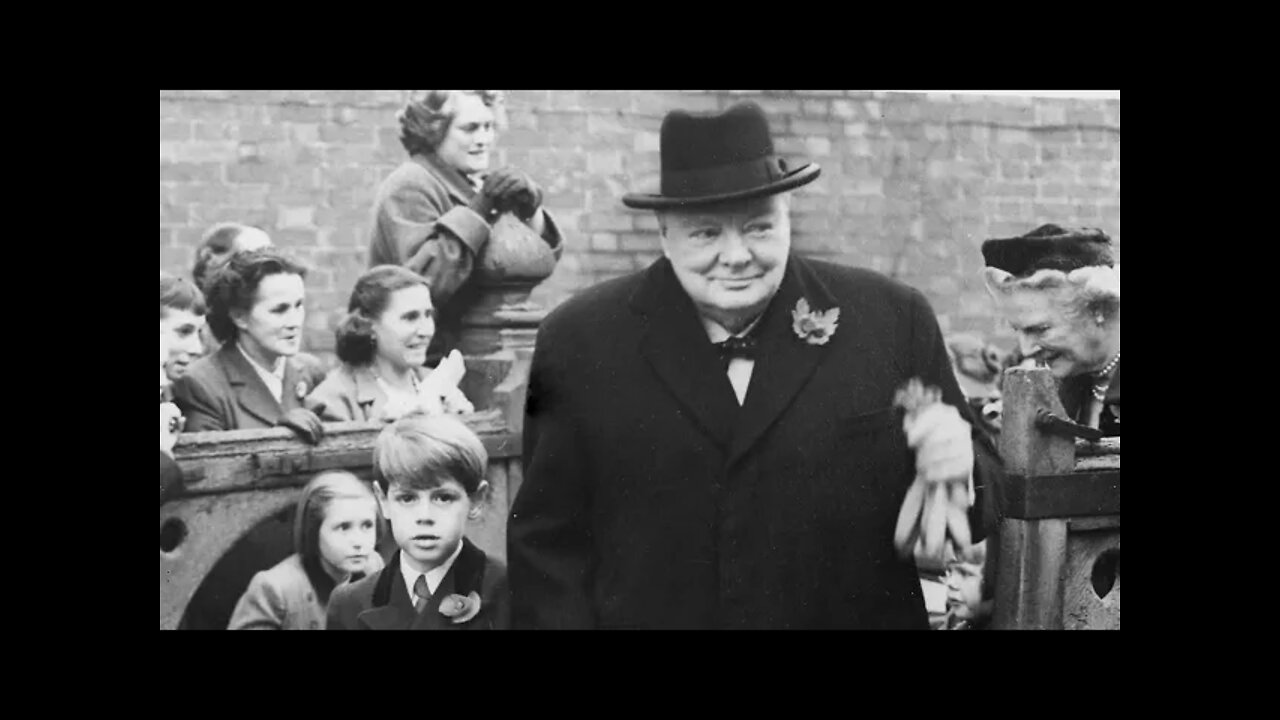
Winston Spencer Churchill Funeral 30 1 1965 BBC Home Service
The funeral started on Tuesday 26 January 1965. By 8:30 p.m. police and security personnel had taken up their positions in what The Daily Telegraph reported as "the most extensive security operation of this sort ever undertaken in England."[11] At 9:15 p.m. Churchill's body was transported from his London home to Westminster Hall for the lying in state. It was led by Cameron Cobbold, 1st Baron Cobbold, the Lord Chamberlain in the company of family members.[26] He was placed on a catafalque before Lady Churchill and the Earl Marshall. At 9:00 p.m. the first watch was mounted in the hall by the Grenadier and Coldstream Guards. In the subsequent days the Royal Navy and five regiments of foot guards also took turns.[30]
The lying-in-state lasted from Wednesday 27 January to 6:00 a.m. on 30 January,[31] during which Westminster Hall was kept open for 23 hours daily. An hour was reserved for cleaning. The queue was most times more than one mile long, and the waiting time was about three hours;[26] 321,360 people came to pay their respects.[10][32]
Order of service
The funeral service on Saturday 30 January began with the chiming of Big Ben at 9:45 a.m. It was broadcast live on BBC, presented by Richard Dimbleby.[33] The clock was muted for the rest of the day. Ninety cannon salutes were fired at Hyde Park to mark the ninety years of Churchill's life.[8][34] The coffin was placed on a gun carriage and draped with the Union Flag upon which was the insignia of the Order of the Garter on top of a black cushion. It was carried from the hall by a bearer party of eight guards from the 2nd Battalion Grenadier Guards. The procession started upon a drum beat by the Royal Navy and was then led by the Royal Air Force and the Foot guards. Following the gun carriage were Randolph Churchill and his son Winston side by side, followed by male members of the Churchill family and Churchill's private secretary, Anthony Montague Browne,[26] all on foot. Lady Churchill and two daughters followed in the Queen's town coach. As the procession was leaving the New Palace Yard of the Palace of Westminster, a single gunshot was fired at St James's Park.[35] The march processed through Whitehall, Trafalgar Square, the Strand, Fleet Street, and up Ludgate Hill. A marching band consisted of three officers and 96 soldiers of the Scots Guards 2nd Battalion. Banners of the Danish resistance movements were lowered in respect at the Cenotaph.[36] Altogether 2,500 soldiers and civilians took part in the procession, while four half-companies of soldiers lined the streets.[30] Four majors of the Queen's Royal Irish Hussars were assigned to carry Churchill's medals, orders and decorations.[8] A single gunshot was fired every minute until they arrived at St Paul's.[35]
After an hour, the service was held at St Paul's Cathedral. 3,500 people attended, including the Queen, who did not normally attend funerals of commoners. Protocol also dictated that the Queen be the last to arrive at an event, but on this occasion she put royal etiquette aside, arriving before Churchill's coffin was in the church.[37] There were 12 pallbearers in the cathedral, including Louis Mountbatten, 1st Earl Mountbatten of Burma, the Prime Minister of Australia Robert Menzies, and the former British Prime Ministers Clement Attlee, Anthony Eden and Harold Macmillan.[36] Aged 82, Attlee was frail with ill-health but insisted he be the pallbearer as Churchill had asked him to do the honour.[38] He stumbled on the steps to the entrance of the cathedral, the coffin was almost dropped, and only saved by two soldiers, "pushers", from the back.[39]
Burial
From the MV Havengore, the coffins was picked up by a black Austin Princess hearse at Festival Pier. The hearse was escorted only by a large limousine for the Churchill family. The coffin arrived at Waterloo Station at 1:23 p.m. and was picked up by ten soldiers from the Queen’s Royal Irish hussars and was placed in a specially prepared train,[35] the locomotive of which was named Winston Churchill that was to carry it to the final destination in Oxfordshire.[52][53] The hearse van, No. S2464S, had been set aside in 1962 specifically for the funeral train.[54][55] In the fields along the route, and at the stations through which the train passed, thousands stood in silence to pay their last respects. Churchill was interred in St Martin's Churchyard in a private family ceremony. He was laid in a grave near to his parents and his brother.[56]
T
-
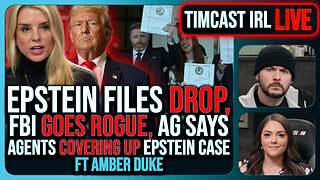 2:56:14
2:56:14
TimcastIRL
5 hours agoEPSTEIN Files DROP, FBI GOES ROGUE, AG Says They COVERED UP Epstein Case w/Amber Duke | Timcast IRL
152K77 -
 1:39:23
1:39:23
Kim Iversen
6 hours ago"Canada's Trump" Is Trudeau’s Worst Nightmare: Is Maxime Bernier the Future of Canada?
62K69 -
 DVR
DVR
Bannons War Room
10 days agoWarRoom Live
2.65M446 -
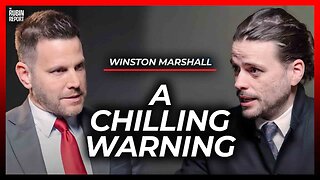 16:06
16:06
The Rubin Report
12 hours agoProof the Islamist Threat in England Can No Longer Be Ignored | Winston Marshall
79K78 -
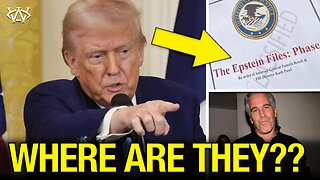 2:07:07
2:07:07
Robert Gouveia
9 hours agoFBI Files Coverup! Bondi FURIOUS; SCOTUS Stops Judge; Special Counsel; FBI Does
94.7K81 -
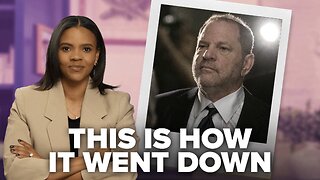 56:15
56:15
Candace Show Podcast
9 hours agoBREAKING: My FIRST Prison Phone Call With Harvey Weinstein | Candace Ep 153
153K111 -
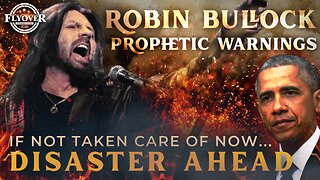 1:56:39
1:56:39
Flyover Conservatives
8 hours agoROBIN D. BULLOCK | Prophetic Warning: 2030 Is Up for Grabs – If We Don’t Act Now, Disaster Awaits! | FOC SHOW
53.1K8 -
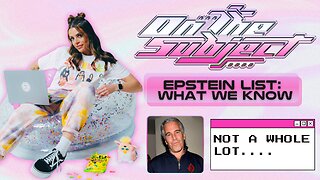 2:13:11
2:13:11
megimu32
6 hours agoON THE SUBJECT: The Epstein List & Disney Channel Original Movies Nostalgia!!
41.6K4 -
 9:06
9:06
Colion Noir
15 hours agoKid With Gun Shoots & Kills 2 Armed Robbers During Home Invasion
51.7K13 -
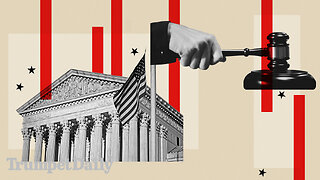 54:28
54:28
LFA TV
1 day agoUnjust Man | TRUMPET DAILY 2.27.25 7PM
56.9K5